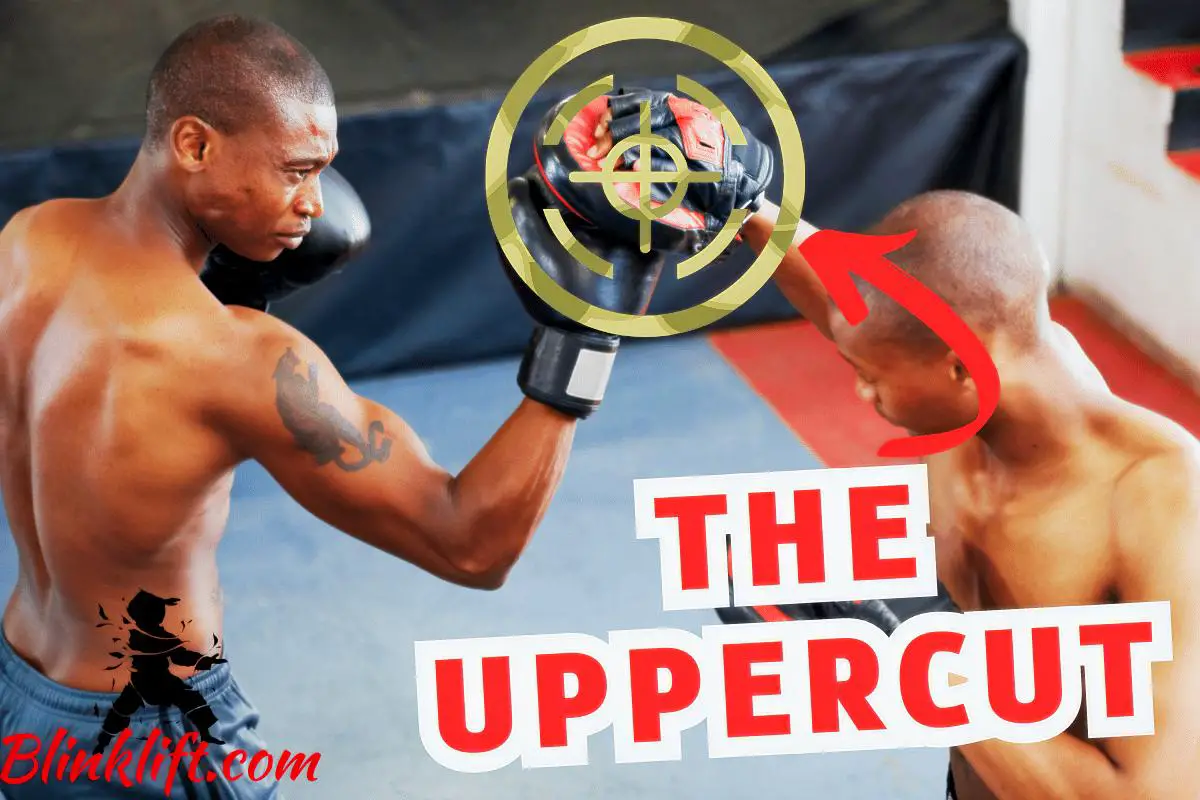Alright. So you want to learn the Uppercut in Muay Thai or any other striking-based martial art. That’s excellent news because this is what this article will do. It’ll teach you how to throw the perfect Uppercut. Although it’ll take more than reading to perfect a technique, this article will be necessary to do that.
But first, let’s go over the basics.
In Muay Thai, the Uppercut is a striking technique that targets the opponent’s chin or body with an upward punch. It is commonly used in close-quarters combat and is an effective tool for inflicting damage. The Uppercut can be delivered with either hand and is performed by bending the knees slightly and driving the punching hand upwards from a lower position.
Most (and I’m confident in saying most) Muay Thai fighters don’t execute the Uppercut properly. You can make many mistakes along the way, which start from your Muay Thai fighting stance and ends in what you do after throwing the punch.
So this article is going to be entirely about the Uppercut. We’ve got a lot to cover, so let’s dive in!
How to Perform the Uppercut Perfectly
This article will have three parts. The first is going to be the primary one and the reason you’re probably reading this article. The first section will review and break down six points you must understand to throw a perfect Uppercut. The second section will be about variations and the third about Muay Thai combinations that include the Uppercut. (You can follow the links to skip through.)
Remember, reading this article isn’t enough (I’ll remind you of that a lot.) It’s critical that you implement everything we’ll review in this article to ensure progression. For instance, if you just read the part about your fighting stance and you don’t make any positive changes, your fighting stance won’t serve you.
Rather, if you read the part about your body positioning, for example, and you ensure it’s correct when you execute the Uppercut, you’ll find your technique getting much, much better.
Eventually, all the sections serve a single purpose: to make your Uppercut more aggressive, powerful, quick, and all in all, perfect.
Let’s dive into the first point!
#1 – Stance
The first part of perfecting your Uppercut starts with your fighting stance. I have an entire article on Muay Thai fighting stance and how to perfect yours; so if you want to learn more about it, you can follow the link.
Start in your Muay Thai fighting stance, with your feet shoulder-width apart, knees slightly bent, and hands up to protect your face. This is the tip of the fork, of course. I encourage you to follow the link in the previous paragraph to understand the factors that go into perfecting your Muay Thai fighting stance.
Remember, perfecting your Uppercut starts from your fighting stance. Make sure your feet are shoulder-width apart, knees slightly bent for better balance, and guard up (depending on which stance you’re using.)
I encourage you to keep your guard so it protects your eyes, so if you were to hold a pad, it would block your face. But different coaches will teach you different places to place your guard. So choose a place that’s comfortable for you and that’s suitable for your fighting stance.
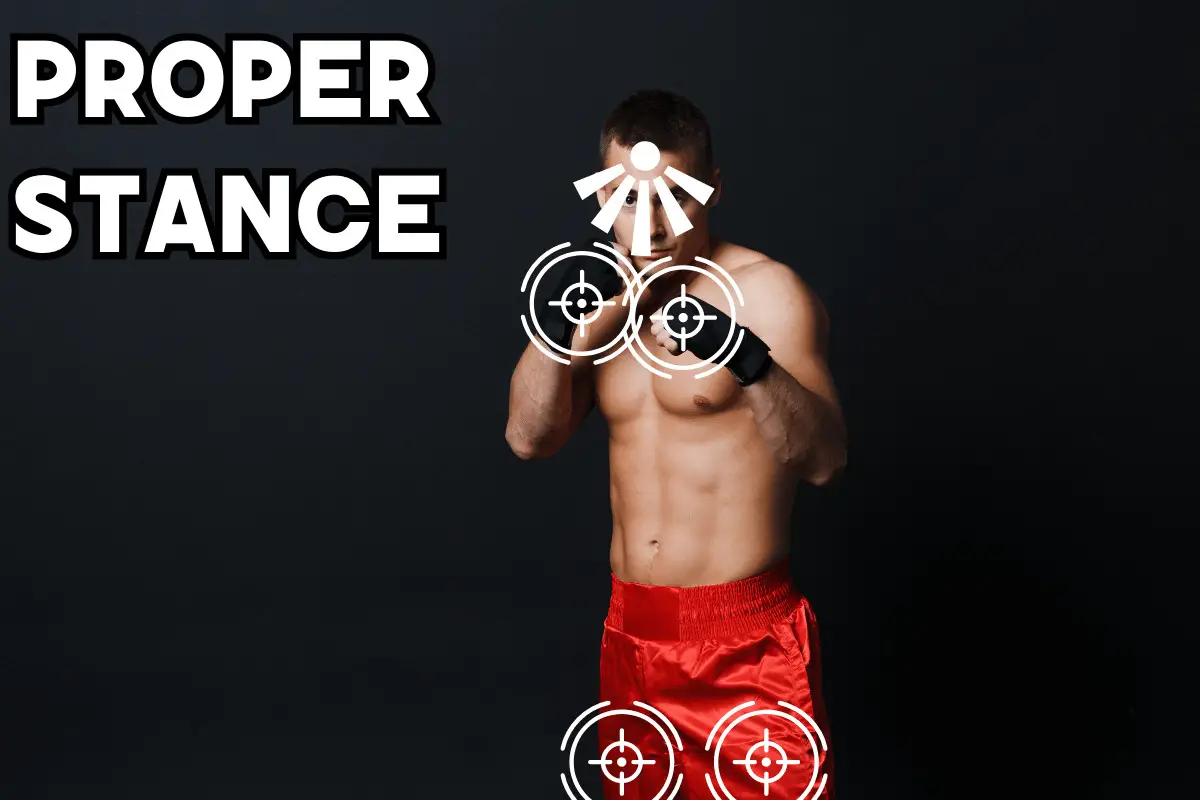
#2 – Set-up
The second point we’ll review is the setup of the Uppercut. This is critical to understand if you’re interested in increasing your success rate with this type of punch. You won’t be able to land it as often if you skip the setup.
Setting up the Uppercut requires you to create an opening or distract your opponent with jabs, hooks, or kicks to set up the Uppercut.
This is critical to understand so pay close attention.
If you were to throw the Uppercut on an opponent that’s either ready for this punch or isn’t in an optimal position for it, you’re unlikely to hit it. However, if you throw a double jab, for example, before throwing the Uppercut, your opponent is less likely to react properly and defend himself. Therefore, you’ll be more likely to land the hit.
And again, understand that if you skip the setup and will just throw the Uppercut, you won’t be as likely to hit; meaning that your opponent is going to find countering your offense—much more doable.
Watch the following video to dive deeper into Uppercut set-ups:
#3 – Body positioning
The next point we’ll review is body positioning. This is the first practical step of performing the Uppercut. You must get this right to generate more power with it while maximizing speed and defense.
This is how you want your body positioning to be depending on whether you choose to execute a rear or lead Uppercut:
Shift your weight onto your lead leg (for a lead Uppercut) or rear leg (for a rear Uppercut) to generate power. You want to shift your weight as if you’re charging a hit, but not exaggerate it. Your opponent will be able to evade your hit from a mile away if you charge your body for maximum force.
While it might help you generate more force, it’ll make your execution slower and won’t allow you to hit it as often.
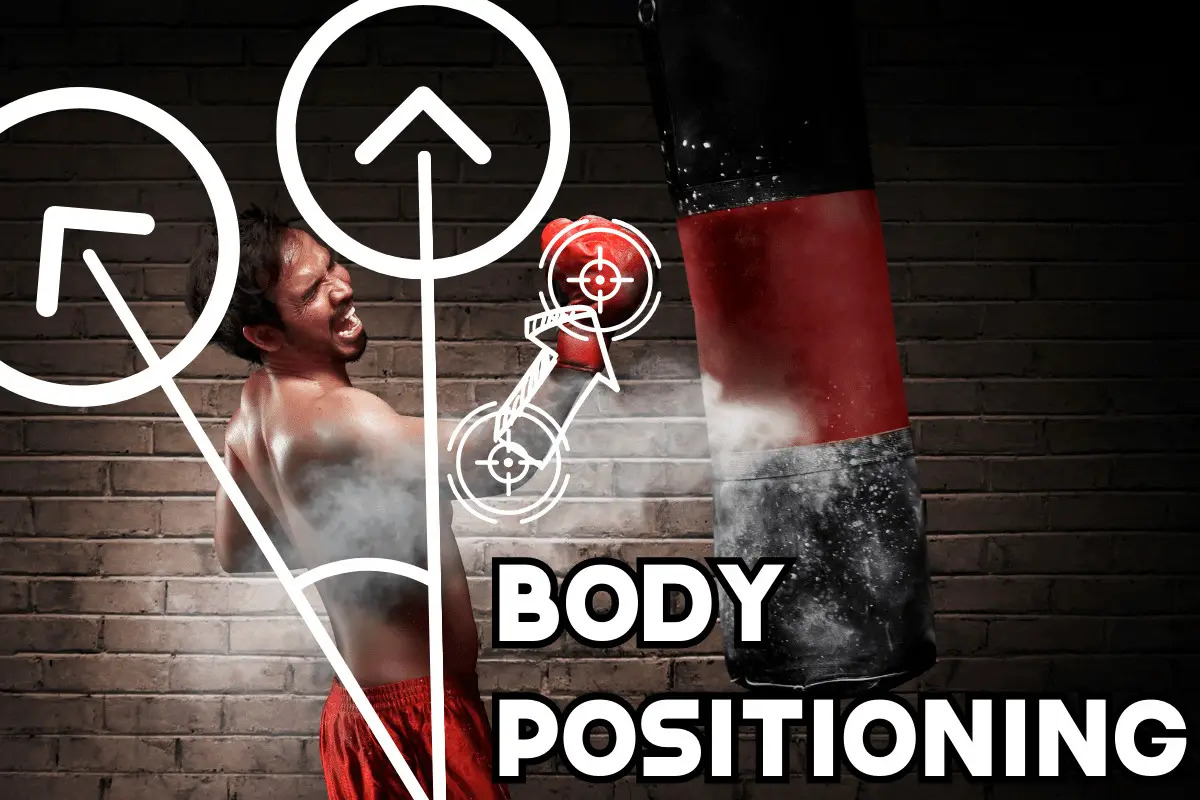
#4 – Drive the punch
The next point we’ll review can be difficult to understand for some. I want you to pay close attention to this section, as it’s going to affect your power and speed with the Uppercut.
You can drive force with your strike in two ways: The first way is to use your bicep’s strength and the second is with your hips and shoulders. So which one should you choose?
Explosively drive your punching hand upward using your legs and core, rotating your hips and shoulders into the punch. The power should come from the lower body and transfer through your torso into your fist.
It’s important you avoid driving a lot of power with your biceps. It’s a balance you want to get right to drive more force with your punch. Most of the power you’ll generate will come from your legs, hip rotation, and shoulders. You simply won’t be able to drive a lot of force with your arm alone.
So drive most of the Uppercut power from your hips, torso, shoulders, and legs—rather than your arm.
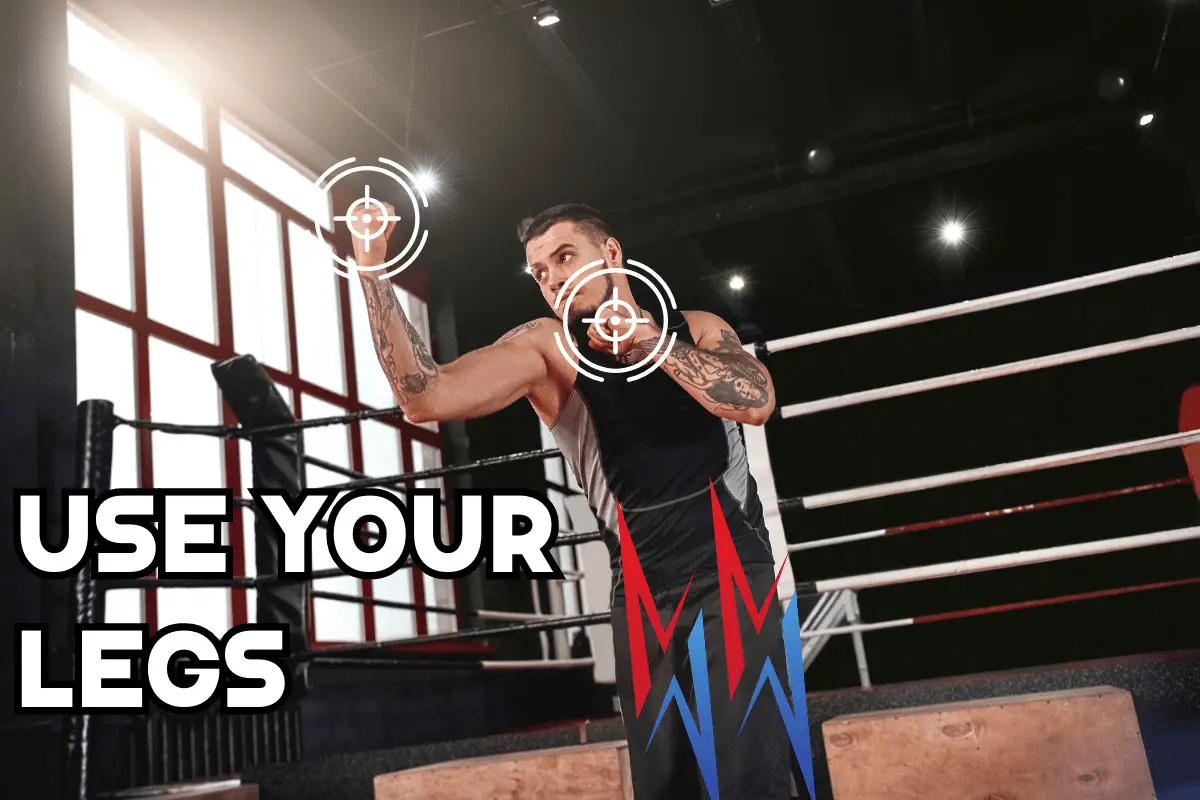
#5 – Target
The next point we’ll review is going to be regarding where you should aim to hit your opponent. The best-case scenario isn’t necessarily to hit your opponent’s chin or face. There were quite a few knockout body Uppercuts instances in martial arts competitions – so there isn’t necessarily a clear rule.
Aim to strike the opponent’s chin or body, depending on the situation and the opening you have created. Aim for the chin, face, ribs, liver, or any other legal body part that’s exposed in the opponent.
You’ll be able to drive a lot of force if you perform all the previous points correctly. Therefore, anywhere you hit will be beneficial to your goal.
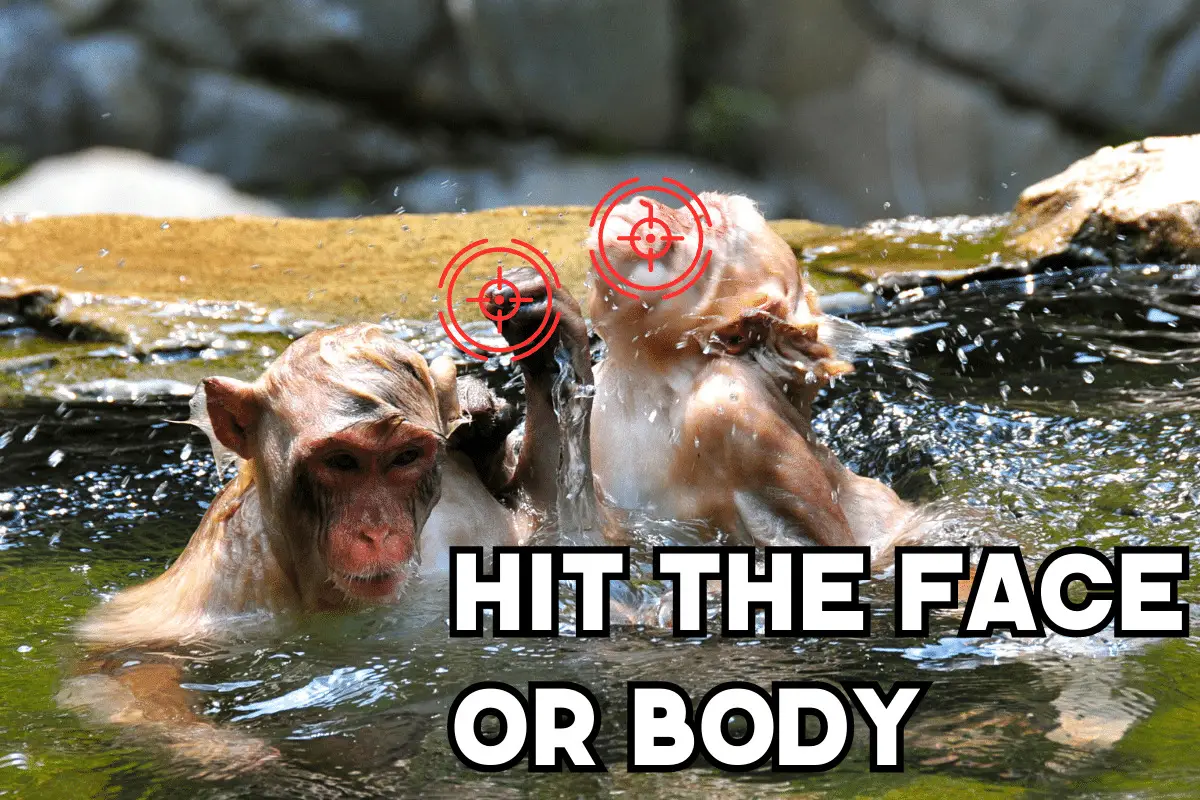
#6 – Defense
So now, you know almost everything about the flawless execution of the Uppercut. Now, it’s time we cover defense, which is the part that many Muay Thai fighters tend to forgo.
After the punch, quickly bring your hand back to its initial position to maintain guard and defensive readiness. This will prevent your opponent from countering effectively, leading to him getting the upper hand in the fight.
Defense is as important as offense. It’ll be worth it if you don’t refrain from defending yourself once you take precautions to attack. So make sure to bring your hand back to its initial guard position while maintaining your other hand in the guard.
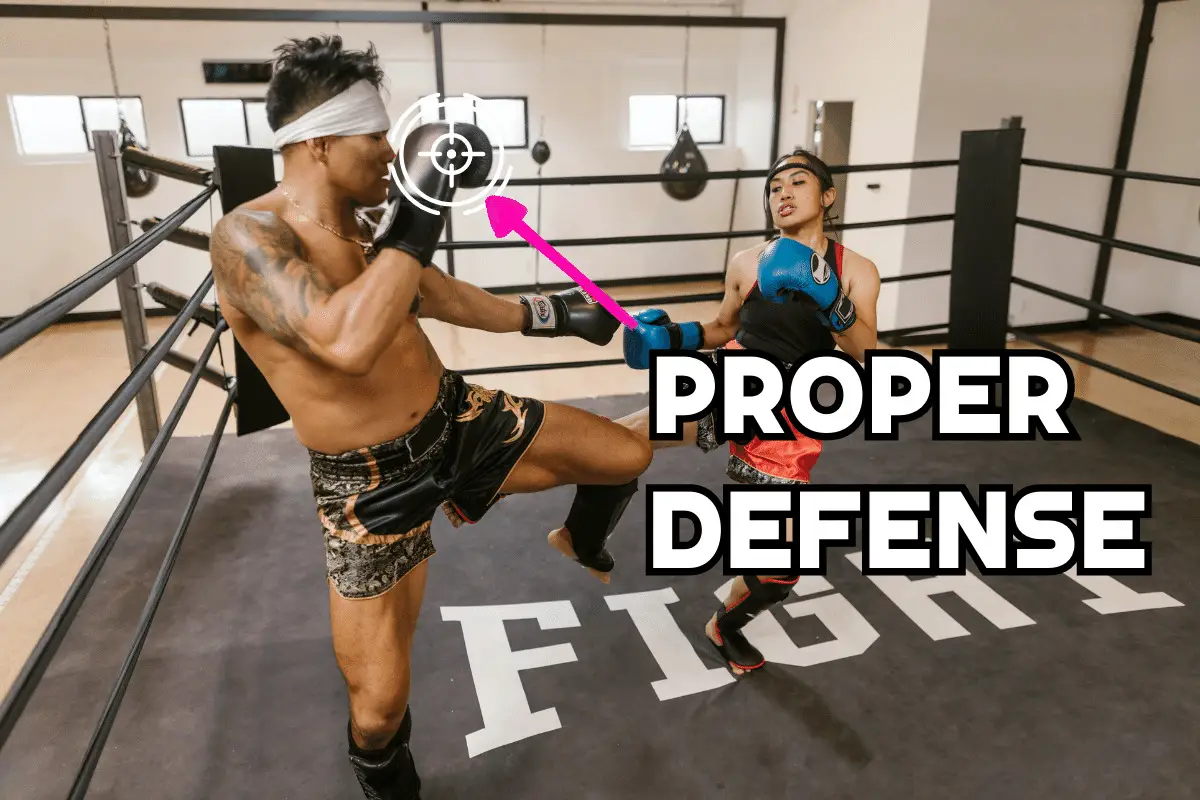
And this is how you execute the Uppercut flawlessly.
Uppercut Variations
And now, let’s dive into the second part, which is going to cover different variations of the Uppercut. It’ll be more than important to diversify your execution, so you’ll be less expected and land it more often.
This is how you boost your Muay Thai skills quickly. You learn as much as possible and diversify your skill set.
- Lead Uppercut – when you use your lead hand
- Rear Uppercut – when you use your rear hand
- Double Uppercut – consecutively throwing two Uppercuts
- Body Uppercut – when you hit the body
- Chin Uppercut – when you hit the chin
Uppercut Combinations (Muay Thai)
And now, let’s dive into the third, and last, part of this article. This part is going to cover some of the best Muay Thai combinations that include the Uppercut. Of course, these can be used in MMA, Kickboxing, and some apply to Boxing.
Combinations are extremely important in Muay Thai. They allow you to cause more damage—and do so quickly. Instead of throwing an Uppercut, returning to your guard, and then throwing a Hook—you can throw an Uppercut Hook, which skips the part where you wait in the middle.
So combinations are critical to understand and use to be a solid Muay Thai fighter. Here are some of the best combinations you want to learn:
- Jab-Cross-Uppercut:
- Start with a quick Jab (lead hand) to gauge the distance and set up the combination.
- Follow up with a powerful Cross (rear hand) to create openings and disrupt your opponent’s defense.
- Finish with a lead Uppercut, driving it upwards toward your opponent’s chin.
- Jab-Hook-Uppercut:
- Begin with a Jab (lead hand) to establish range and disrupt your opponent’s guard.
- Quickly transition into a powerful hook (rear hand) targeting the side of the head or body.
- Conclude with a rear Uppercut, driving it upwards toward your opponent’s chin or body.
- Uppercut-Hook-Cross:
- Initiate with a lead Uppercut, driving it upwards toward your opponent’s chin or body.
- Immediately follow up with a hook (rear hand) targeting the side of the head or body.
- Conclude the combination with a Cross (lead hand), adding power and accuracy to the strike.
- Uppercut-Overhand-Uppercut:
- Begin with a lead Uppercut, driving it upwards toward your opponent’s chin or body.
- Transition into a powerful overhand (rear hand), looping the punch over your opponent’s guard.
- Finish with a rear Uppercut, driving it upwards toward your opponent’s chin or body.
- Uppercut-Body Hook-Uppercut:
- Start with a rear Uppercut, driving it upwards toward your opponent’s chin or body.
- Follow up with a hook to the body (lead hand), targeting the ribs or liver.
- Conclude with a lead Uppercut, driving it upwards toward your opponent’s chin or body.
Final Words
So this was everything you need to know to master the Uppercut in Muay Thai. I encourage all of you to start implementing everything you’ve learned thus far. There will be no progress without implementation.
Remember, perfect practice makes perfect. While reading a guide like this one is the first step toward perfection, practice is the second and last step; so make sure to start implementing!
If you’re interested in learning about the best types of punches in Muay Thai—follow this link to read the complete list.
Here are other articles you’d enjoy reading:
How to Perfect Your Muay Thai Fighting Stance – Guide
9 Amazing Benefits Muay Thai Training Will Give You
Is Muay Thai Effective? 3 Real Examples!
Should You Learn Muay Thai? (Not What You Think)

